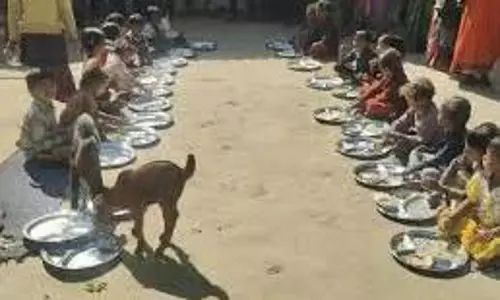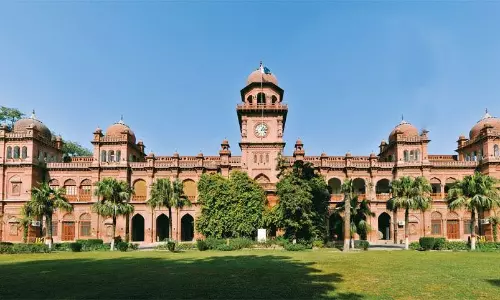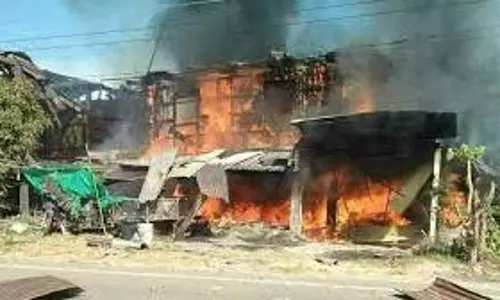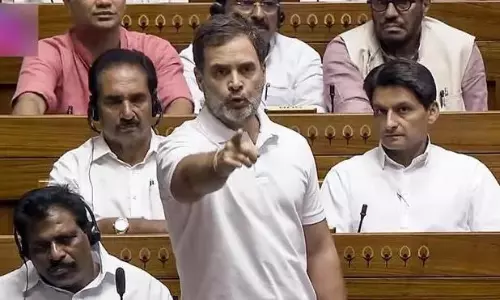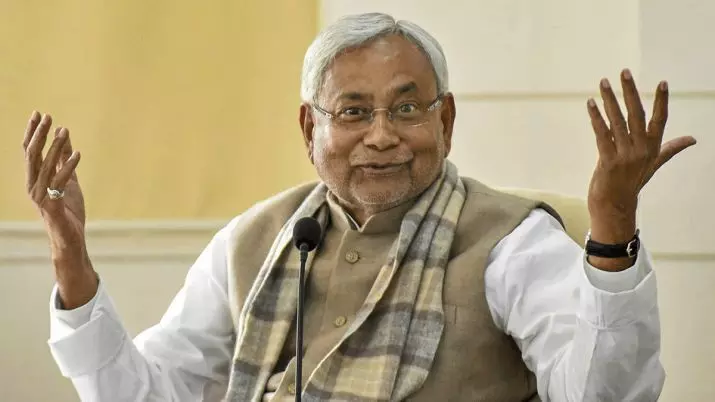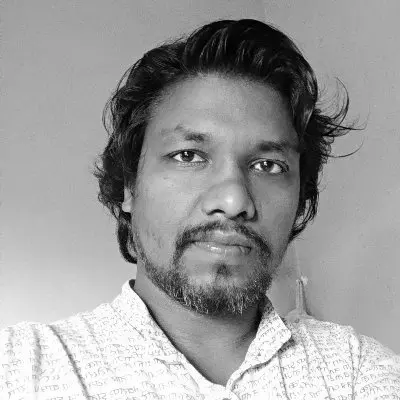
Will Dalits and backward castes vote for Nitish Kumar?
text_fieldsBihar chief minister and JD(U) leader Nitish Kumar
Electoral politics in Bihar, the eastern state of India, has been evolving around caste arithmetic for a long time and it is still very important. There is a strong history of caste-based politics in Bihar.
The election of the Provincial Council began in 1922 after the Montagu and Chelmsford Reforms. This reform took place to introduce self-governing institutions in India. The report for the provincial council election was prepared in 1918 and this report later became the basis of Government of India Act, 1919.
But at that time the right to vote was limited to those people who used to give taxes to the British government. Since upper castes were mainly land holders and had money to give tax to the British government, the right to vote was limited to them. Dalits and backward population consisted the largest number, but they were deprived of voting rights.
Since the right to vote belonged mostly to the rich people and they came from the upper castes, the elected members of the Provincial Council naturally used to have representatives from the upper castes.
In a book titled "Some Dimensions of Social Change in Bihar", it is said that on December 9, 1928, Bihar Odisha Special Officer (Reform) J.J.A. Habbak sent a report to the Secretary of the Indian Statutory Commission, on the number of representatives of castes in Bihar. The report said that they (upper castes) have only 13 percent of the population, but their representation is round 65 percent in the council.
This shows that the roots of caste-based politics are very deep. By applying this caste equation, in 1995, Lalu Prasad Yadav ousted the decades-old Congress government from power.
It is generally believed that the Rashtriya Janata Dal (RJD) represents the Dalits and Backwards, while the Bharatiya Janata Party (BJP) targets the upper castes. The Janata Dal (United) had no vote bank of its own, but has been doing ethnic mobilization from time to time.
Bihar has 38 seats reserved for Scheduled Castes. But, the figures of political parties' victory in these seats in the last two decades of elections show that the vote of Dalits and backward classes is no longer confined to any one party. In the 1995 Bihar Assembly elections, the Janata Dal had won the maximum of 30 seats and the BJP could win only 4 seats.
By 2000, the Janata Dal had broken into two. Lalu Prasad Yadav had formed the Rashtriya Janata Dal, on the other hand Nitish Kumar had formed the Janata Dal United. In the Bihar assembly elections held in 2000 RJD got 25 seats, Janata Dal (United) two seats and BJP eight seats. A few seats were won by Congress, Jharkhand Mukti Morcha and Bahujan Samaj Party.
By the year 2005, Dalits and backward sections became disillusioned with Lalu Prasad and they thought it more appropriate to trust Nitish Kumar. Nitish Kumar's JDU won 9 seats in the assembly elections held in February 2005 and the RJD bagged only 12 seats. BJP had got 6 seats in that election. Nitish Kumar could not prove majority in that election and as a result, a re-election was held in October the same year. In this election, the JDU-BJP alliance registered a landslide victory and drove Lalu away from power. The RJD got only 7 seats in the October election. This shows that the vote of Dalits and backward was slipped from the grip of Lalu Prasad.
In the 2010 Bihar assembly elections, the RJD had to settle for only one seat. In this election, BJP got the benefit of alliance with JDU and it got 18 seats. JDU won 19 seats in this election.
In 2013, JD (U) split from BJP and in 2015 it fought assembly elections forming alliance with RJD. The Congress was also part of RJD-JD(U) alliance, so the Congress too benefited electorally. In the 2015 elections, BJP could get only 5 seats out of 38 seats reserved for the scheduled castes. JD(U) won 11 seats and RJD won 13 seats.
If we analyze the results of this election and the earlier 2010 assembly elections, it becomes clear that the backward sections and Dalits are behind Nitish Kumar.
Experts say that Nitish Kumar started working on Dalit and backward vote banks only after coming to the government. His efforts translated into votes.
He is still trying very hard to secure Dalits' and backwards' vote banks. Last year, he raised the demand of caste-based census by the central government. This year he ordered the disposal of the cases registered under the Schedule Caste and Schedule Tribe Act at the earliest.
Not only this, Nitish Kumar announced in September that if a Scheduled Caste person is killed, a member of his family will be given a government job. Both these announcements are going to woo the backward classes.
In the political corridors, there is a famous story about Lalu Prasad Yadav. When he used to go on tour in villages after becoming CM, a water tanker followed his convoy. He used to pass through Dalit settlements and if any naked child was seen, people operating the water tanker used to give the child a bath. Lalu himself would have gone to any Dalit's house and eaten whatever they cooked.
When Nitish Kumar became CM, he started going to the Dalit colonies and hoisting the flag on Republic Day. However, the truth is that like Lalu, Nitish also made populist promises for the backward castes, but did little on the ground. On the ground there is mixed response about him. So, it is difficult to predict anything in the current scenario. But if Dalits and backward classes are disillusioned with Sushasan babu, then it is going to damage him electorally.
(The writer is Patna-based independent journalist)




